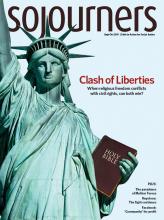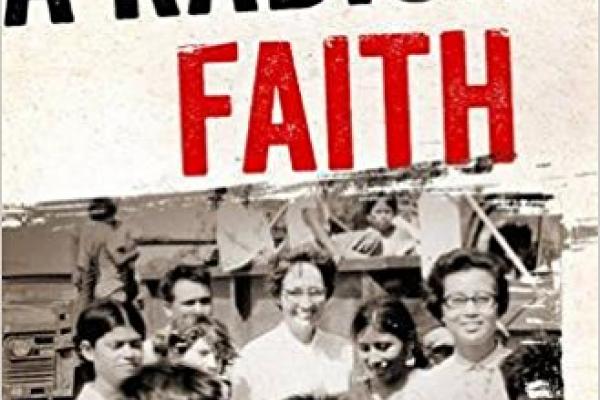EILEEN MARKEY'S story of the life of Sister Maura Clarke reads like a Greek tragedy, progressing inexorably toward darkness. Many of us know the ending: In 1980, four churchwomen were murdered in El Salvador by national guardsmen, led by a sergeant who had been trained at the U.S.-based School of the Americas. The men raped and executed two Maryknoll sisters—Maura Clarke and Ita Ford—Ursuline sister Dorothy Kazel, and lay woman Jean Donovan, ambushing them on their way back to the people they served in Chalatenango.
Clarke is the last of the four women to be memorialized with her own book, but Markey has created the most complete work. Her beautifully sourced research ranges from family to Maryknoll archives to conversations with many people who worked with the sisters in Nicaragua and El Salvador.
Read the Full Article

